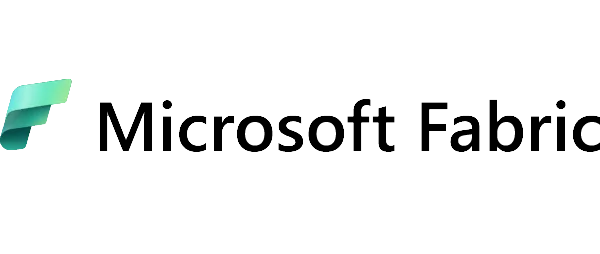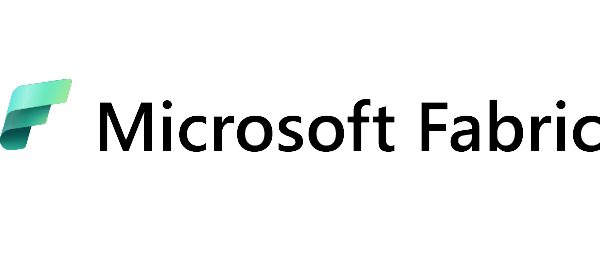
Microsoft Fabric is a comprehensive ecosystem of tools and solutions for data analytics, integration, and process automation designed to provide users with advanced capabilities for working with data. One of the critical aspects of this system is attention to data security and privacy, which is a priority in every stage of this platform’s design, implementation and use. In this article, we look at the critical elements of data security and privacy in Microsoft Fabric and the practices that enable adequate data security in this ecosystem.
Microsoft Fabric security architecture
Microsoft Fabric is built on top of the Microsoft Azure cloud, providing a solid security foundation from the start. Microsoft Azure is one of the world’s most advanced cloud platforms, with a wide range of compliance certifications such as ISO 27001, HIPAA, and SOC 1, 2 and 3. Within the Microsoft Fabric ecosystem, data is processed, stored and transmitted according to the most stringent security standards.
Access control in Microsoft Fabric
One of the core elements of the security architecture in Microsoft Fabric is a sophisticated access control system. Users are able to manage permissions at multiple levels, from access to entire resources to specific data operations. Using Azure Active Directory (AAD), user identities can be managed centrally, enabling the implementation of security policies such as multi-factor authentication (MFA) or conditional access policies.
Data encryption in MS Fabric
All data in the Microsoft Fabric ecosystem is encrypted both at-rest and in-transit. At-rest encryption ensures that even if data is intercepted, it cannot be read without the appropriate encryption keys. Encryption in-transit ensures that data is protected from interception during communication between different system components.
Data privacy in Microsoft Fabric
Microsoft takes data privacy very seriously, and this is reflected in the many features and policies implemented in Microsoft Fabric.
MS Fabric’s regulatory compliance
Microsoft Fabric is designed to comply with major data protection regulations such as RODO (GDPR) in the European Union, the CCPA in California and other regional and industry standards. As a result, users can rest assured that their data is processed in compliance with applicable laws.
Management of personal data
The Microsoft Fabric ecosystem provides tools that facilitate the management of personal data. Users have full control over their data and can define retention, anonymisation and processing rules for personal data. Features such as Data Loss Prevention (DLP) allow the monitoring and blocking of unauthorised processing of sensitive information.
Advanced protection mechanisms
Microsoft Fabric is not limited to standard security mechanisms. Several advanced features have been implemented in the ecosystem to enhance data protection.
Threat detection and incident response
Microsoft Fabric integrates with services such as Microsoft Defender for Cloud, enabling monitoring and automatic response to potential threats. With advanced behavioural analysis mechanisms, the system can detect anomalies in network traffic, unauthorised access attempts and other suspicious activity that may suggest an attempted security breach.
Auditing and activity tracking
The systems in Microsoft Fabric enable accurate audits of user and system activity. All operations are logged, allowing accurate tracking and analysis of events, which is key when security incidents need to be investigated. Audit reports can also be used for regulatory compliance purposes.
Best practices and recommendations for data protection in MS Fabric
To get the most out of data protection in the Microsoft Fabric ecosystem, it is worth following a few proven practices:
· Regular updates and patches
Keeping your system up to date through regular updates and installing security patches is a fundamental practice in ensuring security. Microsoft regularly releases updates that include security fixes and new features.
· User training and awareness
Even the best technology is no substitute for an informed user. Regular security training, especially in recognising phishing and social engineering attacks, is indispensable to any organisation’s security policy.
· Implementation of conditional access policies
Conditional Access policies allow security levels to be tailored to specific conditions, such as user location, device type, or risk level. This allows organisations to flexibly manage access to their resources depending on the context.
Summary
An advanced security architecture, regulatory compliance, advanced protection mechanisms, and best practices in data management ensure data security and privacy in the Microsoft Fabric ecosystem. As a result, organisations can take advantage of Microsoft Fabric’s capabilities with complete confidence that their data is secure and compliant with applicable privacy standards.



